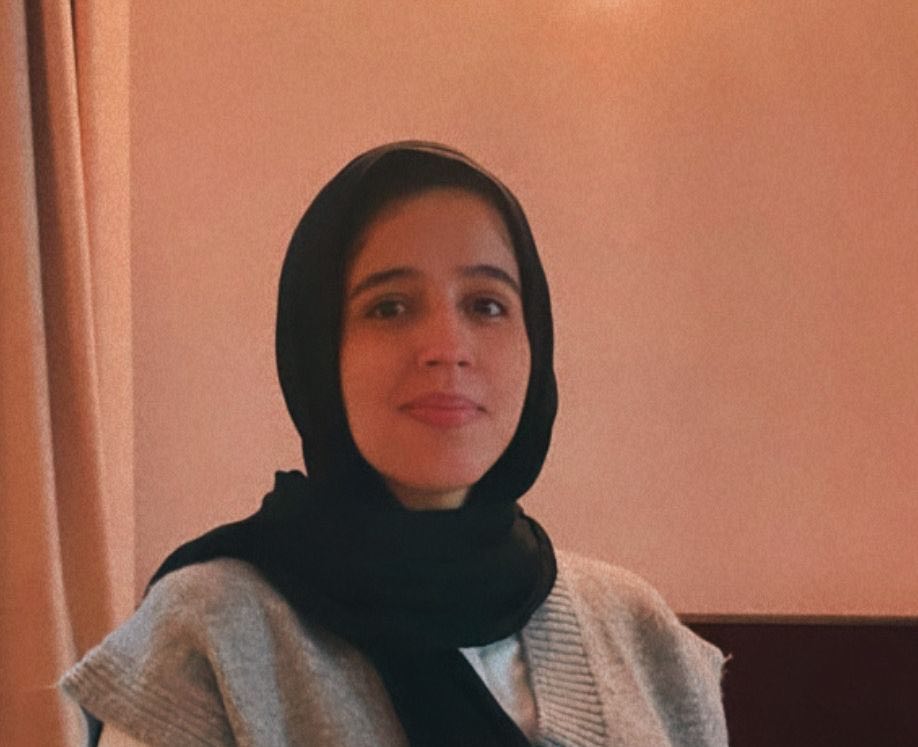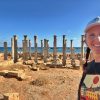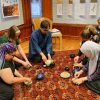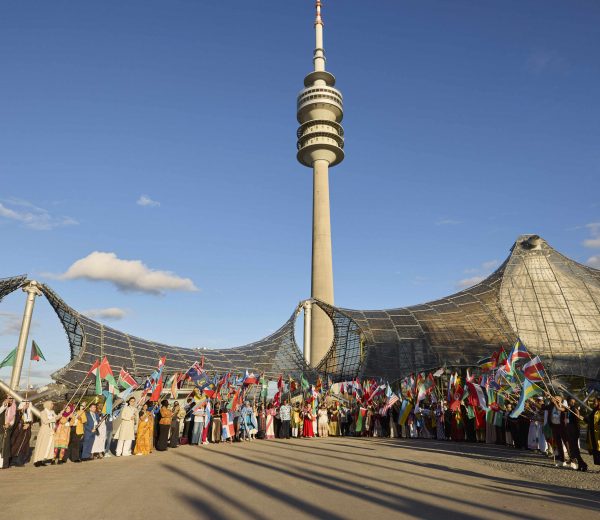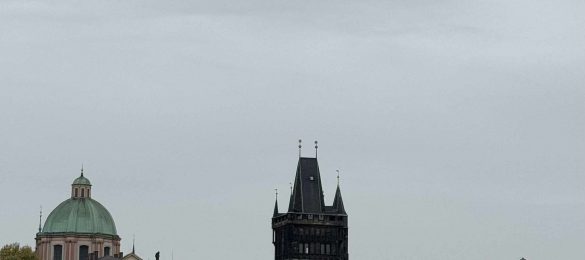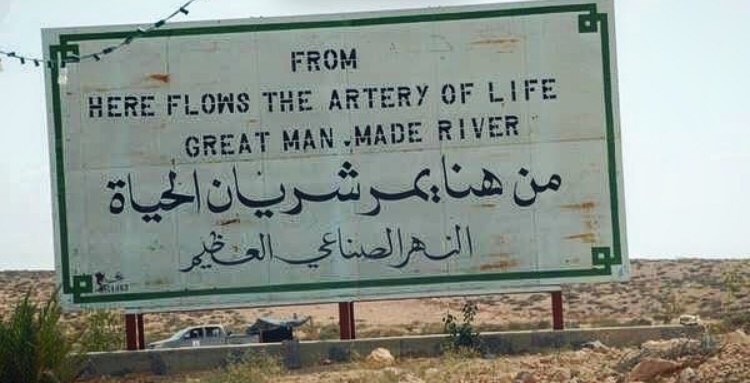
Most of the Arab countries are located in arid and semi-arid regions. These are characterized by low and limited water resources. Being an arid zone country, Libya depends heavily on groundwater which accounts for more than 90 percent. In addition, power structure in Libya during Gaddafi’s regime shows the socio-economic impact and imbalance it had on natural resources. Also, the overexploitation of these natural resources made me question the motives behind many development projects in Libya. Such as the Great Manmade River Project. The latter has become an issue and source of direct instability to Libyans. This arises as one of the major issues in the post-Gaddafi era.
Concept behind the GMMRP
The objective of the project was to deliver water from deep aquifers in the south to the northern populated coastal cities. As coastal aquifers were excessively exploited which resulted in seawater intrusion and there was a need for an alternative solution. The GMMR has so much to say. Not only about the economy, but also about crony capitalism and nationalist policy-making scheme. This project reflected an ideology of Gaddafi which is his opposition to colonialism and imperialism.
In the beginning, the project may have presented the solution that would save Libyans from water shortage and would provide them with the water. There is so much can be analysed to show the limits of this project. It was fully funded by the Libyan government. A tax was deducted from public wages. They were directed to financing the project. In addition to a limitless funding from oil revenues in order to complete it. In fact, the GMMR does not cover the entire country!
Financing of the project
The budget estimated for the project to be between 20 to 30 billion US dollars. However, the reality of the project can bring up so many questions. It was exposed after the revolution in 2011. Out of the four phases, two of them only functions. The project served Gaddafi’s ideology and those close to the system. It never really served the slogan that says ‘’No country is free that feeds from behind its borders’’. Ironically, Libya relies heavily on imported goods and food more than any other time. Under Gaddafi, the water issue was managed through a top-down fashion; no consideration for local understanding and management. Development was not achieved. Rather, more randomness and unequal distribution of wealth and easy access to funding from people close to the regime.
The Reality of the Project Today
The GMMRP changed many perspectives and current narratives. It became apparent that the reality of this project differs greatly from the targeted objective once made by Gaddafi. It is clear that the scope of the GMMRP is political and has been so since the implementation process. Gaddafi portrayed the nationalist image that opposes any foreign presence. However, we can clearly see that the project relied on international companies in terms of the construction of this project. The gap between Libyans and the government or any involvement in the country has been strictly limited. Thus, the regime can benefit the most and cannot let any disturbance by Libyans. This project may have solved a problem for the Libyan population living in coastal cities. But it turns out that the diversification of solutions is essential now or the population will suffer more.
